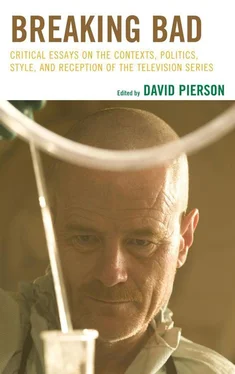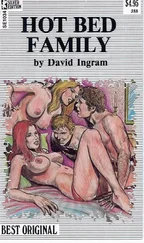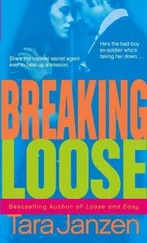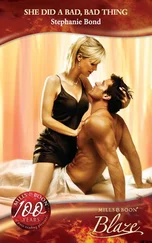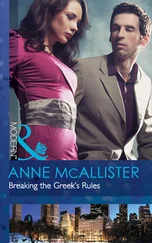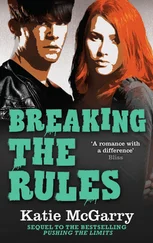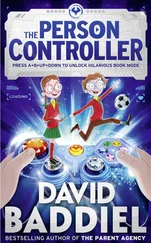Jesse also finds the RV a refuge against his exploding life in “Down” (03/29/09), when, homeless, defeated, and covered in human waste, he collapses on the floor of the RV and cries himself to sleep in the one relatively secure place that remains to him. When an attempt is made to take even this away from him the next day, Jesse risks everything to take the RV and thus hold on to the last meaningful place in his life. The RV is a place of memory and meaning in a darker sense as well, becoming the place where Walt first takes a human life, an act with resounding repercussions for both Walt and Jesse. As with Jesse’s basement, this history is emphasized after all traces of Emilio and Krazy-8’s deaths have been removed by a lingering shot of the spotlessly clean floor of the RV in “… And the Bag’s in the River” (02/10/08). Thus the RV is a sight of profound experiences for Walt, Jesse, and for the viewer as well.
The episode “Sunset” (04/25/10) is, in part, a love song to the RV and to its importance as a place for Walt and Jesse. Before the RV is destroyed, Walt takes a lingering moment to caress the equipment in the rear of the Crystal Ship, smiling slightly as he does so, while Jesse flies into an unthinking fury and rushes off to try and save the RV, inadvertently making its destruction all the more urgent. In a beautiful montage set to “He Venido” by Los Zafiros, Walt and Jesse watch as the RV is crushed into scrap metal, their faces and body language undeniably conveying a melancholy farewell (Neuman 2010). Indeed, this feeling of the RV as a place with deep meaning goes beyond the show’s diegetic realm. Actor Aaron Paul (2011) (Jesse Pinkman) was deeply affected by the loss of the RV: “When we crushed the RV, it felt like losing a character on the show. I dug through the rubble and grabbed the key ignition—this very small, metal piece you stick the key into in the RV—so I have that.” For Paul, and likely for Cranston as well, the RV had become a place of meaning beyond the storyline of Breaking Bad , as a place in which they had spent a significant amount of time and energy.
The second lab in the series, the ‘Superlab’ created by Gustavo Fring, appears at first to be a place of realized dreams for Walter, emphasized by the wonderful scene in “Mas” (04/18/10), where he explores the lab to the almost Disney-esque melody of Peder’s “Timetakesthetimeittakes” (Neuman 2010). The candy-red floor, shining stainless steel equipment, and Walt’s look of child-like wonder as he explores the place all combine to give the Superlab a dream-like aura. This perfection is reinforced in “Sunset” (04/25/10), when Walt meets Gale Boetticher, a chemist after Walt’s own heart, and the kind of lab assistant that is usually only found in dreams. The problem with this wonderful space, at least for Walt, is that in the final analysis, it belongs to Gus.
Initially, the Superlab appears to be Walt’s place, as Gus allows him a tremendous amount of leeway in terms of his hours, and even when it comes to replacing the incredibly over-qualified Gale with Jesse, despite the latter’s history of addiction and erratic behavior. In the episode “Fly” (05/23/10), however, Walt’s conception of the Superlab as his place begins to shift. Suffering from a kind of mini-psychic break exacerbated by sleep-deprivation, Walt becomes obsessed with destroying a single housefly which has made its way into the lab. Referring to the insect as a “contaminant,” Walt desperately tries to remove the fly from the Superlab and to thus restore cleanliness and order to this place as the symbol of his life and ambition, both of which are now spiraling out of his control. The quest is ultimately successful as Jesse finally kills the fly, but in a larger sense, Walt’s efforts are utterly futile for, when it comes to his own world, and his place in it, it is polluted. The Superlab has become a trap for Walt, a prison of his own making.
As first Jesse and then Walt himself flouts Gus’ authority, and Walt kills two of Gus’ street-level dealers, Walt’s control over the Superlab is lost. Gale returns, bringing with him Gus’ thugs to keep watch on Walt. After Gale’s murder at the end of season three, and Jesse’s co-option by Gus and Mike in season four, the Superlab can in no way be considered Walt’s place any longer, and he is progressively out of place within it. In season four, the boundaries or the “spatial ordering” of the Superlab, which defines the acceptable practices and people within it, once defined by Walt, are now defined by Gus, Mike, and Jesse (Cresswell 1996). Walt’s presence in the lab has become largely transgressive for he is inserting himself into the others’ place, and is tolerated only because he remains of some minimal use to Gus. Further, Walt knows that, as Cresswell (1996) writes, “constant transgression is permanent chaos,” a state of affairs that Gus will not tolerate indefinitely (166). By the final episode of season four, Jesse too has become a prisoner of the Superlab, and in one scene is literally chained to the place. Now unwilling actors in the Superlab, yet seemingly unable to escape it, Walt and Jesse find themselves in a position somewhat analogous to prisoners on death row.
This dungeon-like aspect of the Superlab further reveals the Bachelardian cellar elements of the place. The Superlab is the most prominent basement or cellar room in the series. Indeed, the Superlab’s location is rich with symbolism. This lovely initial framing of the Superlab is subverted by its underground location, where the “dreamer knows that the walls of the cellar are buried walls… walls that have the entire earth behind them” (Bachelard 1964, 20). This is yet another deadly basement place, where hundreds of pounds of poison are made every week. Every day Walt, Jesse, and others must descend out of the light and into the windowless darkness of the Superlab to work secretly in a red-painted hell to produce pure chemical misery. The entrance to this morally unclean place is beneath an industrial washing machine which has been disabled, thus emphasizing that those who enter there are moving from the upper world of cleanliness, logic, and reason to the chthonian underworld where these virtues are changed into vices, and constrained to a deadly purpose.
In order to make his escape (and coincidentally Jesse’s), Walt must eliminate both the man who ultimately creates the boundaries of the Superlab and has placed Walt outside of them, and the Superlab itself. Appropriately for a place that has increasingly become a kind of Hell for Walt, he and Jesse destroy the lab with a chemical fire (“Face-Off” 10/09/11). Though the Superlab has become a place every bit as central to the story as the RV was, its destruction is very different, as neither Walt or Jesse show hesitation or regret, and the montage of the Superlab’s fiery end takes place to the almost frenetic guitars of The Taalbi Brothers’ “Freestyle,” rather than to music which provokes feelings of loss and regret (Neuman 2012). This time Walt and Jesse are destroying a place which has taken on meanings that are wholly negative and they act to free themselves not only from Gus’ domination, but from the sense of being out of place and out of control. In their next effort, Walt will make sure to maintain the maximum amount of control over his new lab and over who has a place in it.
In season five, Walt, still in the powerful grip of the belief that his skills as a meth cook give meaning to his life, and a notable place, however infamous, in the world, must find a new lab space, one that he can exercise full authority over. This time Walt chooses to be transgressive, using the cover of Vamanos Pest Control’s house-covering fumigation tent to set up his meth lab within other people’s homes. In a very real way, Walt and Jesse have now become home invaders who violate the most intimate places of people whom they have never even met. Security and secrecy is provided by setting up a tent within the house being treated for pests and mixing the toxic outflow of meth production with the venting pesticide used in the house after the cook.
Читать дальше
